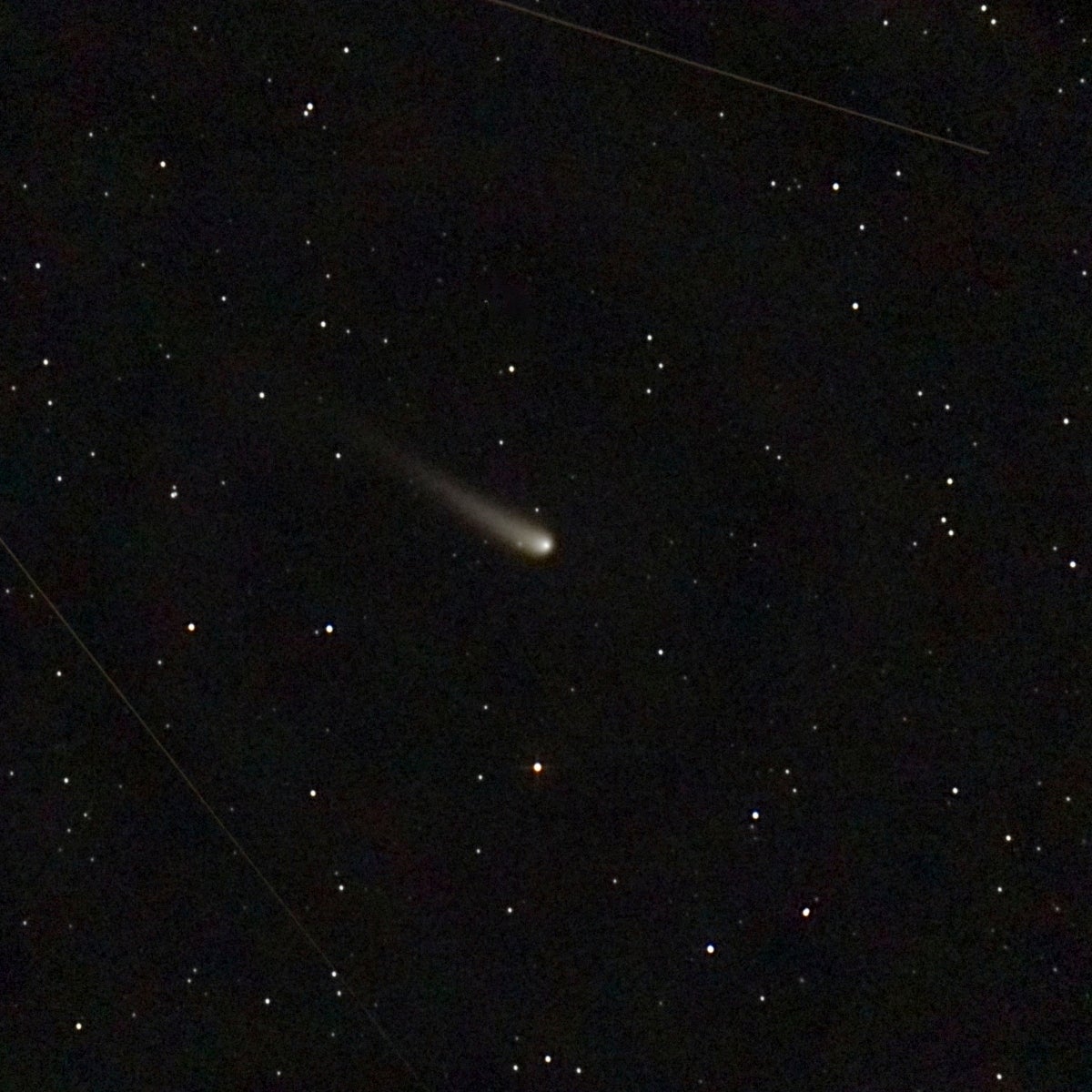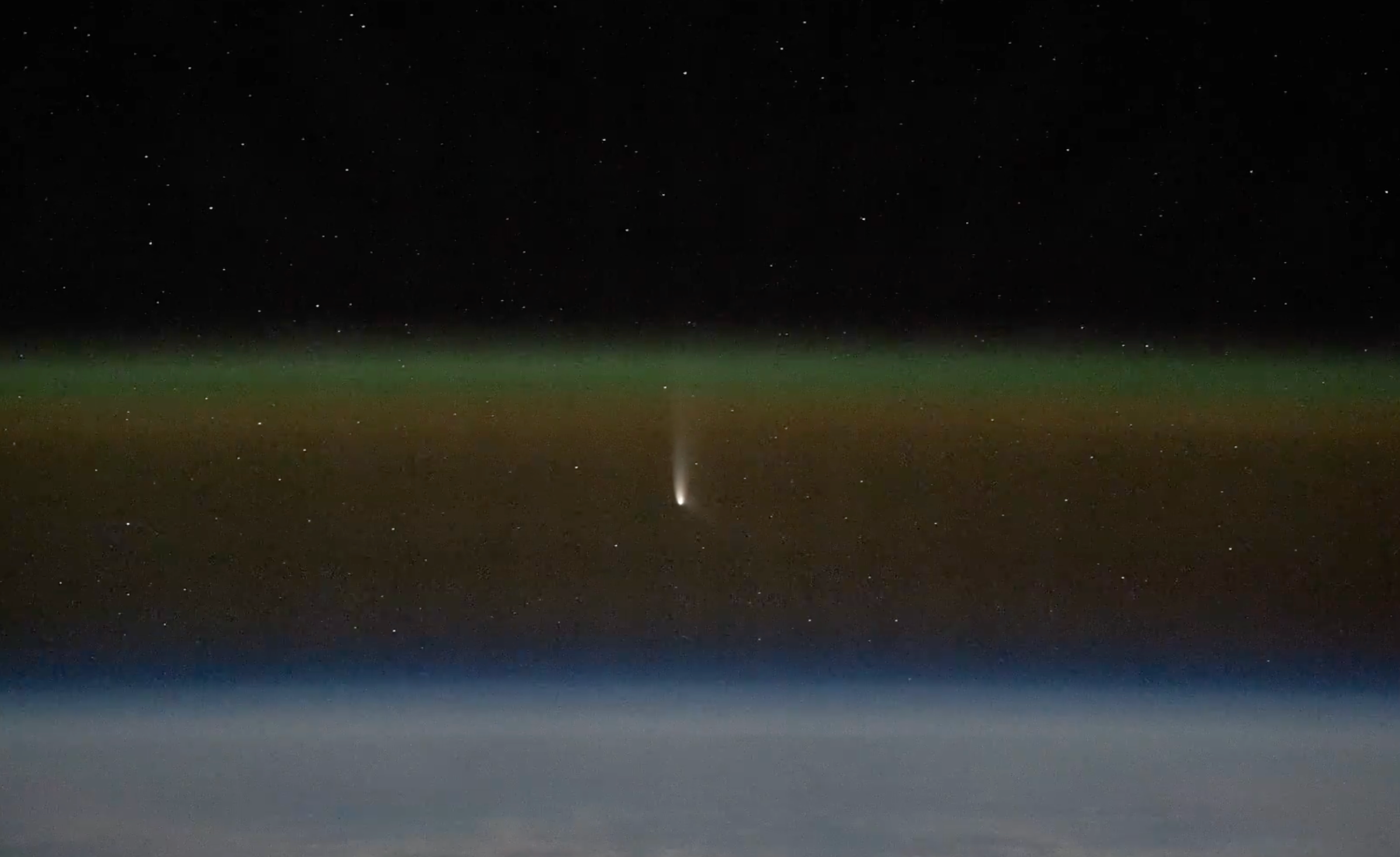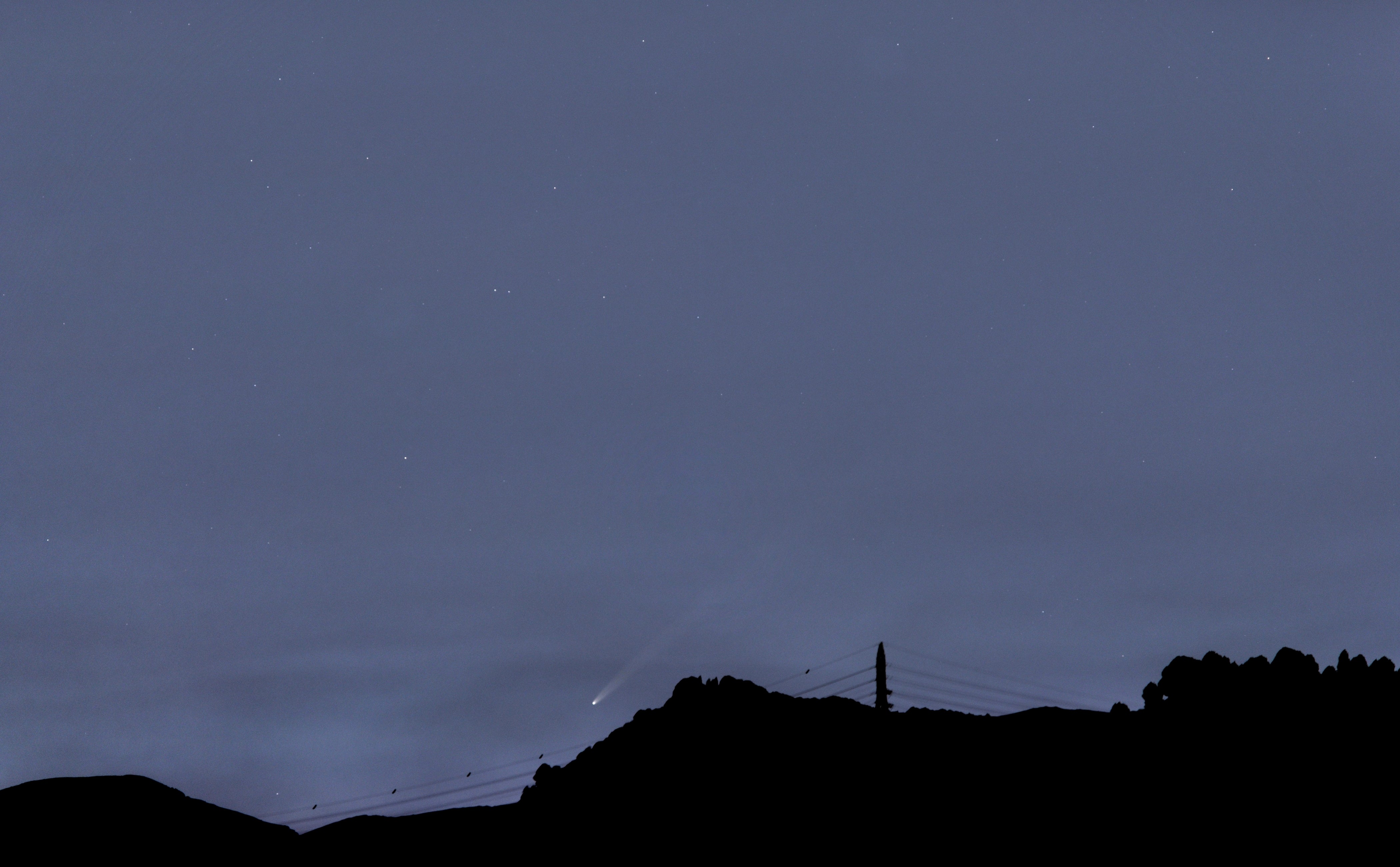‘Comet of the century’ that was last viewed by neanderthals 80,000 years ago could be seen tonight
Scientists say Comet A3 could even be spotted with naked eye

Your support helps us to tell the story
From reproductive rights to climate change to Big Tech, The Independent is on the ground when the story is developing. Whether it's investigating the financials of Elon Musk's pro-Trump PAC or producing our latest documentary, 'The A Word', which shines a light on the American women fighting for reproductive rights, we know how important it is to parse out the facts from the messaging.
At such a critical moment in US history, we need reporters on the ground. Your donation allows us to keep sending journalists to speak to both sides of the story.
The Independent is trusted by Americans across the entire political spectrum. And unlike many other quality news outlets, we choose not to lock Americans out of our reporting and analysis with paywalls. We believe quality journalism should be available to everyone, paid for by those who can afford it.
Your support makes all the difference.A comet that was last viewed by the Neanderthals tens of thousands of years ago could be seen tonight, with astronomers calling it the “comet of the century”.
Scientists have said Comet A3 (Tsuchinshan-ATLAS), which was last visible from Earth when Neanderthals were alive 80,000 years ago, could be spotted with the naked eye from our planet this weekend.
First discovered in January 2023, it has been called “the comet of the century” because of how bright and visible it could be, according to the Royal Astronomical Society (RAS).

Stargazers in the southern hemisphere have already glimpsed Comet A3, but it can now also be seen in the northern hemisphere, the society said.
Between 12 and 30 October, people may be able to see the comet using binoculars or even with the naked eye as its trajectory takes it closer to the Sun.

It is expected to be visible across two windows, weather and light pollution permitting. The first window between 27 September and 2 October will see the comet appear in the east just before sunrise, while during the second window from 12-30 October it will be visible in the west just after sunset.
It is unclear how bright the comet will become, with its closest approach to Earth taking place between Saturday and Sunday. Nasa astronaut Matthew Dominick said the comet currently looks like a “fuzzy star” when viewing it from the International Space Station.
“This comet is going to make for some really cool images as it gets closer to the Sun,” he wrote on X, together with a timelapse of the space rock.
In a video on the society’s website, deputy director Dr Robert Massey said taking photos of the comet may be possible, particularly if using a digital single-lens reflex (DSLR) camera.
According to the RAS, the comet comes from the Oort Cloud – a giant spherical shell that surrounds our solar system and contains billions of objects including comets.
Join our commenting forum
Join thought-provoking conversations, follow other Independent readers and see their replies
Comments